The Difference between TMS and MTS in Transportation
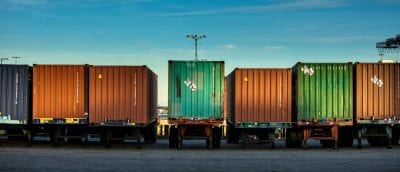
It’s easy to confuse the various services of third-party logistics companies. The confusion may be because of the many service offerings, or because companies don’t want to waste time worrying about transportation, or it may be due to a general unfamiliarity with the logistics industry. Either way, it’s important for shippers to understand the difference between transportation management systems (TMS) and managed transportation services (MTS).
Case Study: How to Reduce Inbound Freight Costs by Tens of Thousands of Dollars
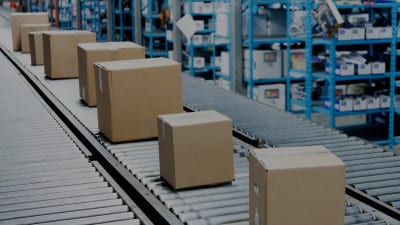
PLS Logistics is partners with a consumer goods manufacturer which has multiple locations. The client sells products to major retailers such as Walmart, Ace Hardware and Lowe’s. The company’s annual freight spend is a few million dollars.
How to Negotiate Lower LTL Freight Rates

Operating costs are rising for LTL carriers due to a number of factors – the driver shortage, rising pay, and aging equipment. Spot market and contract rates have both risen to compensate for these extra costs, however, contract rates rose higher than spot market rates and remain higher. Knowing how to get and negotiate the lower LTL freight rates is important if you want to save costs.
Roadblocks and Solutions to a Lean Supply Chain
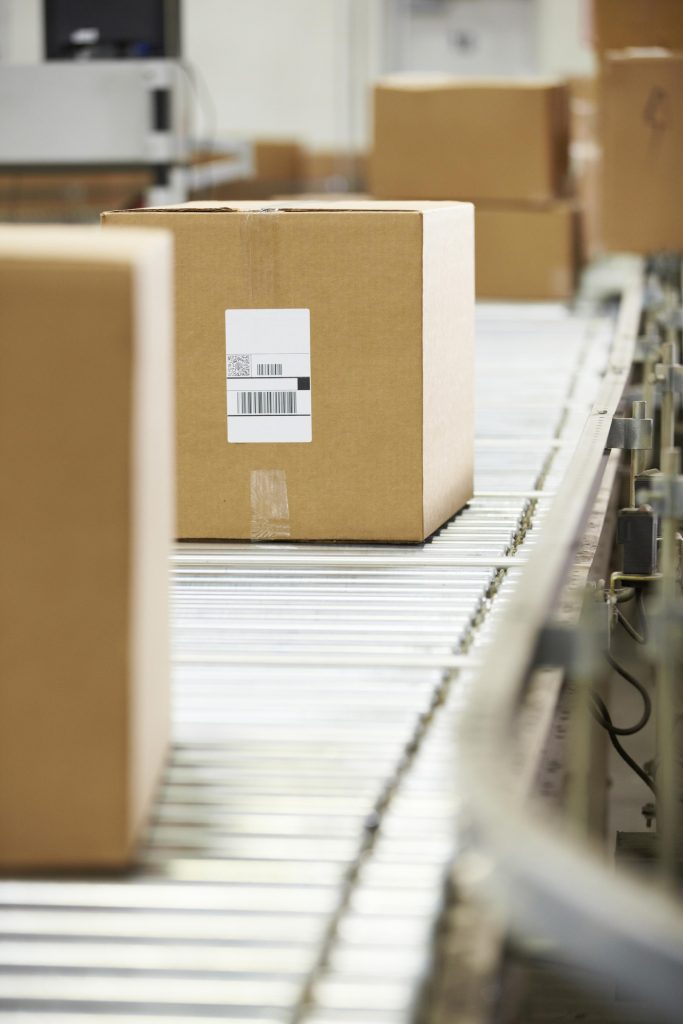
Lean supply chains gained popularity in the manufacturing sector because substantial improvements can be made to eliminate waste and non-value added activity. Today, a lean supply chain refers to best-in-class supply chain execution; a process that produces what’s needed, when it’s needed, and where it’s needed with minimal waste in time or capital. In addition, lean strategies work for businesses who want to simplify and improve operational processes.
Don’t Make This One Big Mistake During TMS Implementation

Implementing transportation management software (TMS) can be a long and difficult process for some companies. Shippers usually choose software that will provide them with the fastest ROI, but this may not be the best answer long-term. Most shippers overlook one crucial area of TMS implementation: carrier connectivity. Because of this, shippers are prone to make some TMS mistakes.
November Transportation News Recap

Here’s a look at news stories from the supply chain, logistics and transportation industries from November 2015: Bigger Trucks Shot Down. After a long battle, the call for increased truck size was shot down by the House. However, the motion only denies language about bigger trucks in the highway bill, they could still become a reality someday.
2016 Trends in Logistics
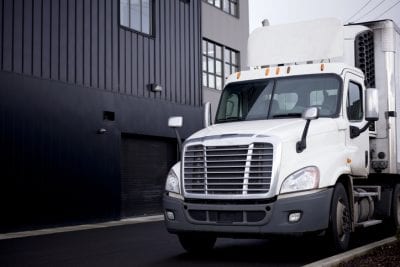
As the New Year approaches, the logistics industry can look forward to advances. New technology continues to develop, supply chains will be even more influenced by consumers, and shipping costs will increase. Logistics operations have changed dramatically in the last few years and 2016 will bring even more changes.
The 5 Biggest Trends in Consumer Packaged Goods Shipping
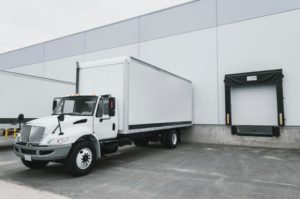
It has been another tough year for consumer packaged goods (CPG) shippers. In 2015, CPG shippers were hurt by the same trends that affected the industry last year, despite increased efforts to cut logistics costs and improve service. Data collected from 2014 sheds light on what affected CPG shippers in 2015. Here are 5 trends that continue to affect consumer packaged goods shippers:
Technology Transforms the Trucking Industry
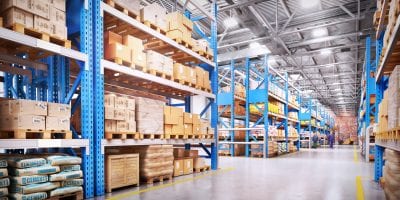
Technology has made supply chains and transportation more competitive, more convenient and more profitable. Technology’s biggest gain for shippers is actionable data. Shippers who examine transportation data develop strong operative initiatives, identify inefficiencies and improve inventory management.
How to Prepare Transportation for Holiday Returns
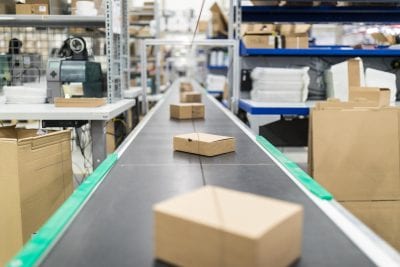
The holiday season is upon us, and retailers must be prepared to avoid seasonal challenges. One major obstacle facing retailers: the rising number of e-commerce returns.

